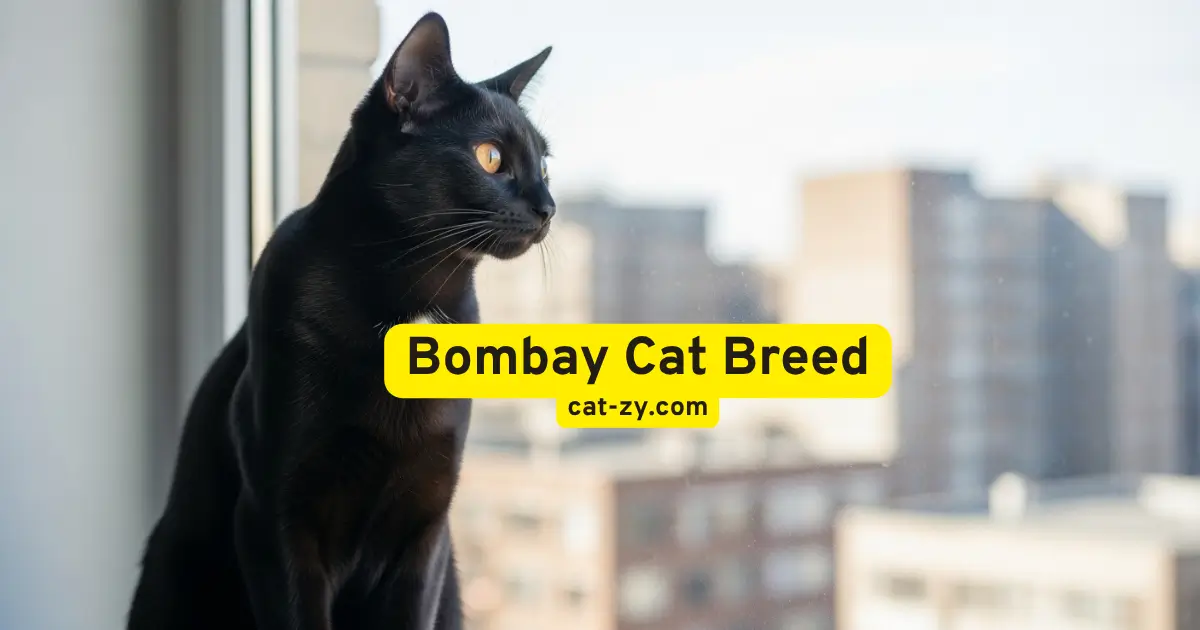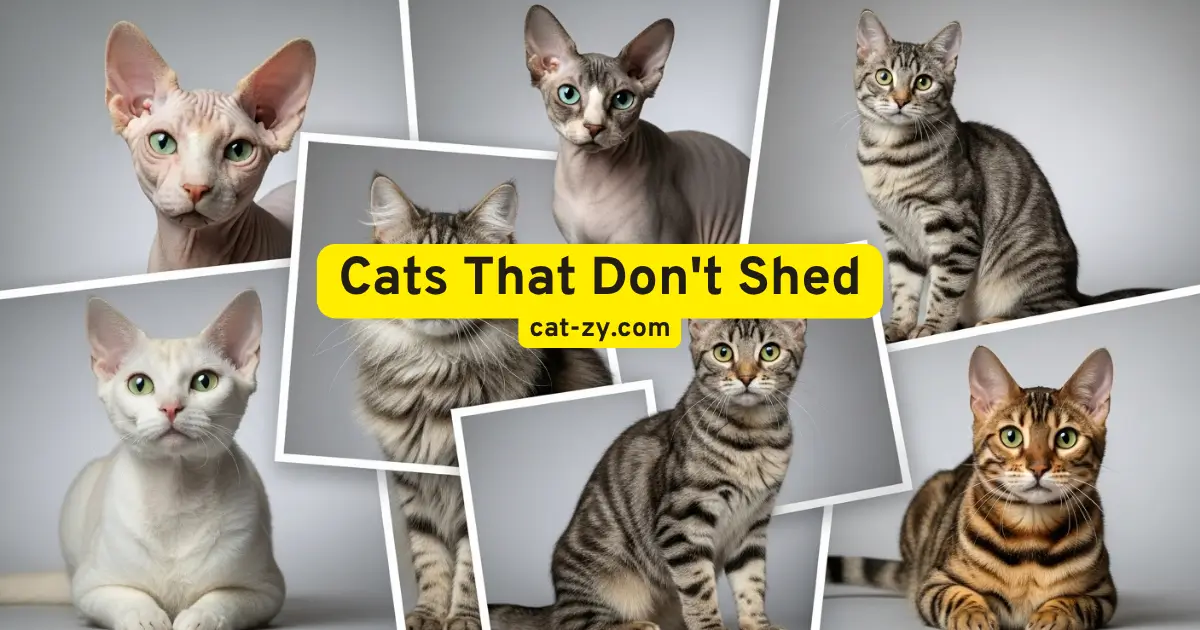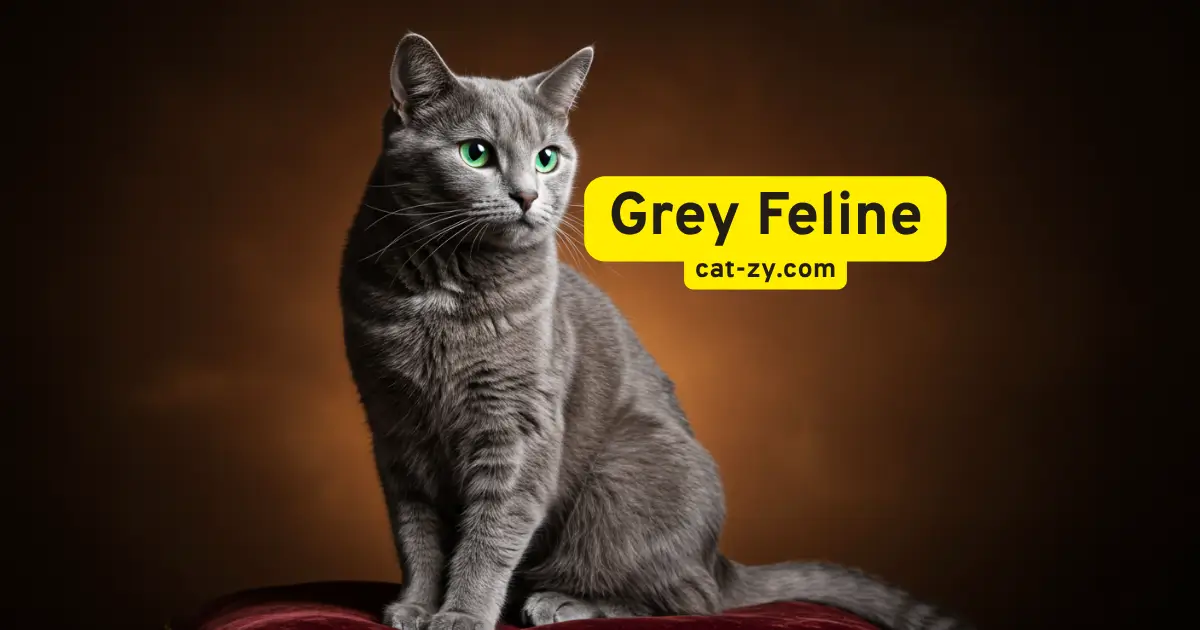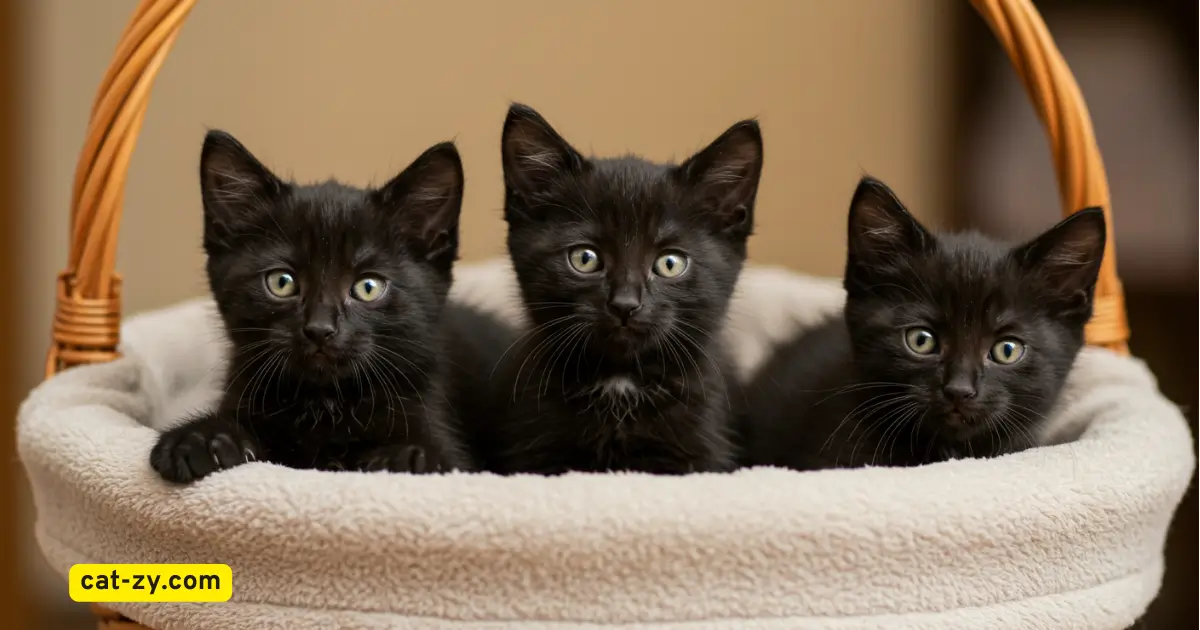Bombay Cat Breed: 5 Stunning Facts You Must Know
Does the elegant and enigmatic look of the Bombay cat captivate you? This stunning feline has captured the hearts of many. Its striking physical characteristics and charming personality make it a popular choice among cat breed enthusiasts.
Exploring the world of this captivating feline reveals remarkable facts. From its origins to its unique characteristics, there’s much to learn. In this article, we’ll share five stunning facts about the Bombay cat. These facts showcase its unique charm and provide valuable cat breed information.
Table of Contents
The Mysterious Origins of the Bombay Cat
The origins of the Bombay cat breed trace back to Nikki Horner, a visionary breeder. She wanted to create a ‘miniature panther’. This vision was realized through crossbreeding Burmese cats with American Shorthairs. The result was a sleek and loving cat.
The Birth of a Designer Breed
The Bombay cat is a designer breed. This term means cats bred for specific traits. The goal was to make a cat that looks like a wild cat but is perfect for home life.
The Burmese Connection
The Burmese breed played a crucial role in creating the Bombay cat. Breeders mixed Burmese cats with American Shorthairs. This mix brought the Burmese’s unique coat color and friendly nature.
American Shorthair Influence
The American Shorthair was chosen for its sturdy build and short coat. It added size and health to the new breed. This made the Bombay look like a small black panther, but also strong and healthy.
Nikki Horner’s Vision
During the 1950s, American breeder Nikki Horner established the Bombay breed. She wanted to create a cat that was both wild and loving.
The Journey to Recognition
Getting the Bombay breed recognized took time. The breed required decades of meticulous development by Nikki Horner and fellow breeders. Now, the Bombay cat is known for its unique look and loving nature.
The Bombay Cat Breed: A Complete Overview
Thinking about getting a Bombay cat? It’s key to know their special traits. They stand out with their looks and fun nature, making them great friends for many.
Physical Characteristics
The Bombay cat breed is known for being sleek and strong. Their jet-black coat is short, fine, and shiny.
Size and Weight Standards
Bombay cats are medium-sized. Males weigh 8-12 pounds, and females weigh 6-10 pounds. Their size fits well in many homes.
Muscular Structure
Even though they look slender, Bombay cats are muscular. This shows in their quick moves and strong bodies. It helps them be very athletic.
Temperament and Personality
Bombay cats are not just pretty; they’re also loving and friendly. These cats thrive on human companionship and social engagement.
Vocal Tendencies
Bombay cats are vocal. These felines communicate their desires through various vocalizations. They’re not too loud, but make sure we know they’re there.
Playfulness and Energy Levels
These cats are playful and have a good amount of energy. They need fun activities to stay happy and active. Toys and playtime are great for them.
Stunning Fact #1: The Miniature Panther Appearance
The Bombay cat looks like a miniature panther. It has a sleek coat and piercing eyes. This is because breeders aimed to make them look like panthers but smaller.
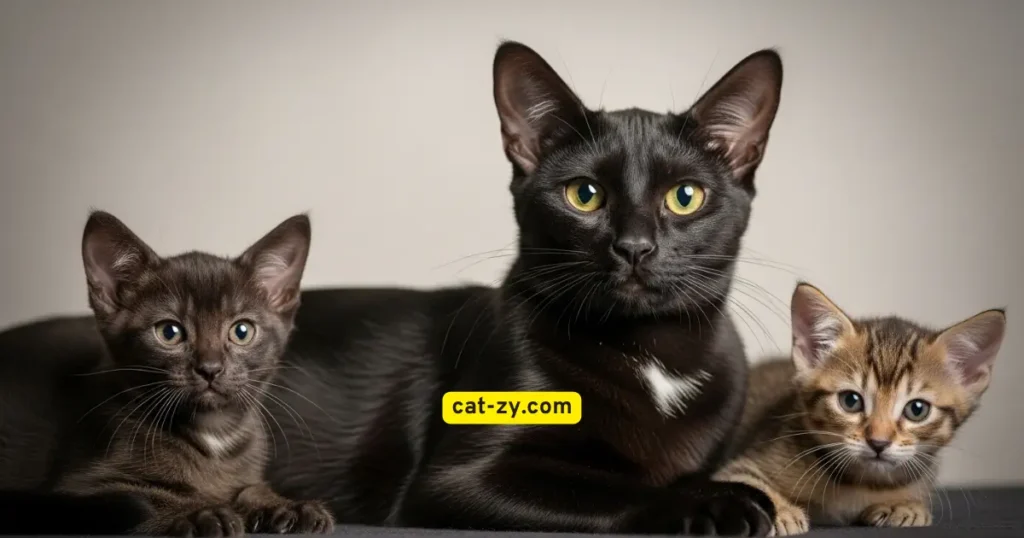
The Signature Jet-Black Coat
The Bombay cat’s jet-black coat stands out. It’s a deep, glossy black. This color comes from careful breeding.
Coat Texture and Maintenance
The Bombay cat’s coat is not just black but also smooth and fine. This makes it easy to care for. Minimal grooming sessions are sufficient to maintain their coat’s lustrous appearance.
Genetic Factors Behind the Color
The genetics of the Bombay cat’s black coat are interesting. A specific genetic mix leads to their solid black color. This is because of a dominant allele for black coat color.
Copper Eyes That Mesmerize
The Bombay cat’s copper eyes are another striking feature. These eyes are not just deep but also seem to glow. This adds to their mystique.
Development of Eye Color
The copper eye color in Bombay cats develops over time. Kittens start with blue eyes. As they grow, these eyes turn copper.
What Makes Their Gaze Unique
A Bombay cat’s penetrating stare possesses a distinctive character. The combination of rich amber eyes and glossy black fur creates a memorable impression. This combination is sure to captivate anyone who meets a Bombay cat.
Stunning Fact #2: Bombay Cats’ Unique Personality Traits
Thinking about getting a Bombay cat breed? It’s key to know their special traits. They’re not just beautiful; they’re also engaging and loving.
Intelligence and Trainability
Bombay cats are smart and easy to train. Their ability to master various tricks and respond to commands creates engaging companionship.
Problem-Solving Abilities
These cats are great at solving problems. They can open doors or find hidden treats. Their smarts go beyond just following commands.
Teachable Tricks and Commands
You can teach your Bombay cat many tricks. From simple commands to complex actions, they’re eager to learn. This shows their high intelligence and love for their family.
Social Nature and Family Bonds
Bombay cats are very social and bond strongly with their families. They love being part of family activities.
Lap Cat Tendencies
Bombay cats love to be lap cats. They enjoy curling up in their owner’s lap for a long time. It’s a sign of their affection and comfort-seeking nature.
Attachment to Their Humans
Bombay cats get very attached to their humans. They follow their owners everywhere, wanting to be involved. This shows their deep love and loyalty.
Stunning Fact #3: Health Profile and Lifespan
If you own a Bombay cat, you might wonder about their health and how long they lives. Knowing these things is key to keeping your cat happy and healthy.

Common Health Concerns
Bombay cats face certain health issues, just like other breeds. They often deal with breathing problems and genetic conditions.
Respiratory Issues
Their flattened facial structure may cause respiratory difficulties in Bombay cats. This is common in breeds with short noses. It gets worse in warm or humid weather.
Genetic Predispositions
Bombay cats might get health problems from their parents. Taking them to the vet regularly can spot these issues early.
Longevity and Aging Process
The life span of a Bombay cat depends on many things. This includes their diet, how they live, and their genes. Knowing how long they live and how they age helps you care for them better.
Average Lifespan Expectations
The typical lifespan for Bombay cats ranges from 12 to 16 years. This longevity depends on proper care and consistent veterinary attention.
Senior Care Considerations
As your Bombay cat gets older, they might need different things. Older cats need a good diet, a cozy home, and regular vet visits. This keeps them healthy and happy.
Stunning Fact #4: Bombay Cats as Family Companions
The Bombay cat breed is known for strong bonds with family members. Their affectionate and sociable temperament suits various family dynamics perfectly.

Compatibility with Children
Bombay cats are very patient and tolerant. This makes them perfect for families with kids. They handle the kids’ rough play well.
Patience and Tolerance Levels
Bombay cats have a lot of patience and tolerance. They can handle the noise and energy of a lively home. This makes them a good choice for busy families.
Teaching Kids to Interact Properly
Children should learn proper techniques for the gentle handling of Bombay cats. Showing kids how to pet or play with the cat helps keep everyone safe and happy.
Relationships with Other Pets
Bombay cats usually get along well with other pets if they’re socialized early. Their friendly nature helps them fit in with other pets in the house.
Dog Compatibility
Introducing a Bombay cat to a dog needs to be done slowly and carefully. Many Bombay cats and dogs become great friends if they’re introduced young.
Multi-Cat Household Dynamics
In homes with multiple cats, Bombay cats do well if introduced slowly. Their friendly nature helps keep the peace and creates a happy home.
Understanding Bombay cats’ needs and personalities helps create a loving home for them. With the right introduction and care, they can become cherished friends for both kids and adults.
Stunning Fact #5: Care Requirements and Considerations
The Bombay cat breed is renowned for its stunning appearance and affectionate nature. They need special care to stay healthy. Knowing how to groom, exercise, and feed them is key to their happiness and health.
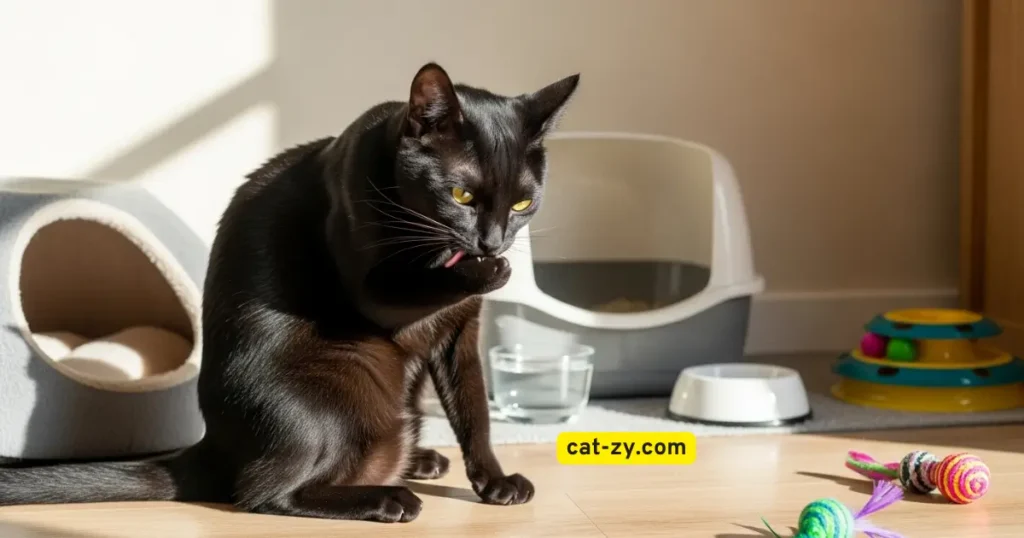
Grooming Needs
Regular maintenance is essential for the Bombay cat’s smooth, delicate fur. This helps reduce shedding and keeps their coat shiny.
Brushing Frequency
Weekly brushing sessions are recommended for your Bombay cat. This keeps their coat in great shape and helps prevent hairballs.
Maintaining Coat Shine
Maintain your Bombay cat’s lustrous coat by using gentle brushes or grooming mitts. It makes their coat look better and feels good for them.
Exercise and Environmental Enrichment
These energetic felines possess a strong enthusiasm for playful activities. They need regular exercise and mental challenges to stay happy and healthy.
Play Preferences
Engage your Bombay cat through feather toys and other interactive play items. Such play sessions stimulate their natural predatory behaviors while improving coordination.
Mental Stimulation Needs
Provide mental stimulation through puzzle feeders and climbing structures such as cat towers. This keeps their mind active and engaged.
Dietary Requirements
Proper nutrition forms the foundation of your Bombay cat’s wellbeing. They need food that’s full of nutrients to keep them energetic and fit.
Nutritional Needs
Feed your Bombay cat high-quality food that’s rich in protein and has the right amount of fat. Make sure it matches their age, whether kitten, adult, or senior.
Weight Management
Keep an eye on your Bombay cat’s weight to avoid obesity. Adjust their food and make sure they get enough exercise to stay in shape.
Adopting a Bombay: What You Need to Know
Getting ready for a new Bombay cat is important. It’s a big decision that needs thought. You and your cat will both need to adjust.
Finding Reputable Breeders
Looking for a Bombay cat breeder? Do your homework. Choose breeders who are part of a recognized cat association. Organizations such as TICA (The International Cat Association) and CFA (Cat Fanciers’ Association) provide these credentials.
Red Flags to Watch For
Watch out for breeders with many breeds and litters always. This might mean they’re running a large operation or a puppy mill. Ensure the breeder is transparent about the cat’s background, health, and personality.
Questions to Ask
Prepare specific inquiries to discuss with potential breeders. Ask about health clearances, vaccinations, and genetic tests. A good breeder will share this info with you.
Adoption Costs and Considerations
The cost of a Bombay cat varies. It depends on the breeder’s reputation, the cat’s bloodline, and where you are.
Initial Investment
The first costs include the adoption fee, spaying/neutering, and initial shots. This can be between $600 and $1,200.
Ongoing Expenses
Recurring expenses include nutrition, litter supplies, and medical care. Plan to spend $500 to $700 a year.
Preparing Your Home
Before your Bombay cat arrives, make your home safe and welcoming.
Essential Supplies
You’ll need a comfy bed, litter box, scratching post, and toys. Quality supplies help your cat settle in better.
Creating a Safe Environment
Secure electrical cords, hazardous materials, and fragile items away from your cat. It’s key to have a safe area for your cat to explore and play.
Conclusion
You now know five stunning facts about the Bombay cat breed. They are loved for their looks and personality. This breed has a unique appearance and is very affectionate.
As a purposefully developed breed, the Bombay cat is celebrated for its elegance and appeal. If you’re thinking of getting one, finding a good breeder is key. Also, make sure your home is ready for this loving pet.
Knowing the facts about Bombay cats helps you care for them well. This ensures a happy and healthy life together.
FAQ
How long do Bombay cats typically live?
Bombay cats live between 12 to 17 years. This depends on their diet, lifestyle, and health.
Do Bombay cats work well in households with small children?
Yes, Bombay cats are perfect for families with kids. They are loving and playful. However, children must learn appropriate, gentle handling techniques.
Do Bombay cats require a lot of grooming?
No, Bombay cats don’t need much grooming. A weekly brush keeps their coat shiny and healthy.
Do Bombay cats face particular medical concerns?
Yes, they might face respiratory problems and genetic issues. Regular vet visits can spot these early.
How much exercise do Bombay cats need?
Regular physical activity is essential for keeping Bombay cats healthy. Dedicate a minimum of 30 minutes daily to active play sessions.
Can Bombay cats be trained?
Yes, they are very smart and can learn tricks. Use positive methods to teach them commands and tasks.
Are Bombay cats compatible with other pets?
Yes, Bombay cats are friendly with other pets. Gradual introductions help them develop positive relationships with other household pets.
What do Bombay cats eat?
Bombay cats require a diet rich in high-quality protein to support their muscular build and energy levels. They thrive on premium commercial cat food made with lean proteins like chicken, fish, turkey, and salmon. Grain-free wet food is often preferred to maintain their sleek coat and overall health. Bombay cats should eat controlled portions – approximately 40-45 calories daily per kilogram of body weight. They need access to fresh water at all times, and most cats do well with two measured meals per day rather than free-feeding.
Are Bombay cats aggressive?
No, Bombay cats are not naturally aggressive. They are known for their gentle, affectionate, and social temperament. These cats are typically described as loving companions who form strong bonds with their families. Like all cats, they may become defensive if they feel threatened or scared, but aggression is not a characteristic trait of the Bombay breed. Their patient and tolerant nature makes them excellent family pets, especially with children.
How much does a Bombay cat cost?
Bombay cat prices typically range from $500 to $2,000, depending on the source and quality. From reputable breeders, expect to pay between $800-$1,500 for a pet-quality kitten, while show-quality cats can cost up to $2,000 or more. Adoption from shelters is more affordable, ranging from $75-$300. The initial investment also includes spaying/neutering, vaccinations, and basic supplies, which can add another $200-$500 to your initial costs.
Are Bombay cats expensive?
Yes, Bombay cats are considered moderately to highly expensive. Beyond the initial purchase price of $500-$2,000, owners should budget for ongoing expenses of approximately $500-$700 annually. This includes high-quality food, litter, routine veterinary care, and grooming supplies. The total first-year cost, including the cat and setup, typically ranges from $1,000-$2,500. Their specialized breeding and relatively rare status contribute to their higher price point compared to mixed breeds.
Are black cats smart?
Yes, black cats, including Bombay cats, are intelligent. The coat color has no bearing on intelligence – it’s the breed characteristics that matter. Bombay cats are particularly known for their high intelligence and problem-solving abilities. They can learn tricks, respond to commands, and even figure out how to open doors or find hidden treats. Their eagerness to learn and strong desire to interact with their families demonstrate their cognitive capabilities. They are highly trainable and respond well to positive reinforcement methods.

